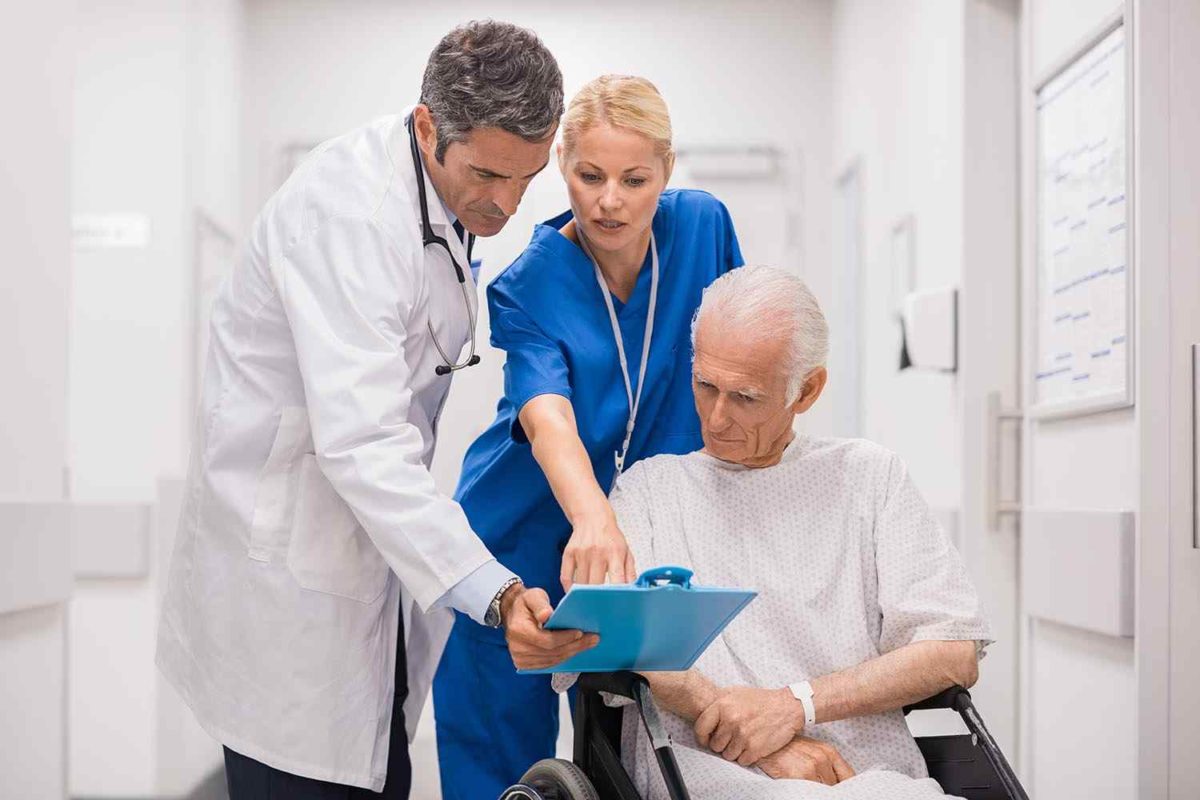



Peripheral artery angioplasty
What Is Angioplasty and Stent Placement?
Angioplasty with stent placement is a minimally invasive procedure used to open narrow or blocked arteries. This procedure is used in different parts of your body, depending on the location of the affected artery. It requires only a small incision.
Angioplasty is a medical procedure in which your surgeon uses a tiny balloon to widen an artery. A stent is a tiny mesh tube that’s inserted into your artery and left there to prevent it from closing. Your doctor may recommend taking aspirin or antiplatelet drugs, such as clopidogrel (Plavix), to prevent clotting around the stent, or they may prescribe medications to help lower your cholesterol.
Why Peripheral Angioplasty and Stent Placement Is Done
When your cholesterol levels are high, a fatty substance known as plaque can attach to the walls of your arteries. This is called atherosclerosis. As plaque accumulates on the inside of your arteries, your arteries can narrow. This reduces the space available for blood to flow.
Plaque can accumulate anywhere in your body, including the arteries in your arms and legs. These arteries and other arteries farthest from your heart are known as peripheral arteries.
Angioplasty and stent placement are treatment options for peripheral artery disease (PAD). This common condition involves the narrowing of arteries in your limbs.
The symptoms of PAD include:
- a cold feeling in your legs
- color changes in your legs
- numbness in your legs
- cramping in your legs after activity
- erectile dysfunction in men
- pain that’s relieved with movement
- soreness in your toes
If medication and other treatments don’t help your PAD, your doctor may opt for angioplasty and stent placement. It’s also used as an emergency procedure if you’re having a heart attack or stroke.
The Risks of the Procedure
Any surgical procedure carries risks. The risks associated with angioplasty and stents include:
- allergic reactions to medication or dye
- breathing problems
- bleeding
- blood clots
- infection
- kidney damage
- re-narrowing of your artery, or restenosis
- rupture of your artery
The risks associated with angioplasty are small, but they can be serious. Your doctor will help you evaluate the benefits and risks of the procedure. In some cases, your doctor may prescribe anticlotting medications, such as aspirin, for up to a year after your procedure.
Outlook and Prevention
While angioplasty with stent placement addresses an individual blockage, it doesn’t fix the underlying cause of the blockage. To prevent further blockages and reduce your risk of other medical conditions, you may have to make certain lifestyle changes, such as:
- eating a heart-healthy diet by limiting your intake of saturated fats, sodium, and processed foods
- getting regular exercise
- quitting smoking if you smoke because it increases your risk of PAD
- managing stress
- taking cholesterol-reducing medications if they’re prescribed by your doctor
Your doctor may also recommend the long-term use of anticlotting drugs, such as aspirin, after your procedure. Don’t stop taking these medications without talking to your doctor first.
- Category
- Services
- Type of service
- Surgery
- Cost of service
- Starting from $3000





